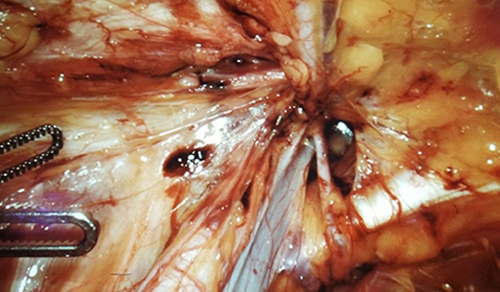On the Move to Prevent Blindness

NewYork-Presbyterian/Columbia University Irving Medical Center recently unveiled an advanced mobile testing unit in an effort to reduce blindness-causing eye diseases in underserved neighborhoods. The Tele-Ophthalmology Unit — the first such mobile unit in the country — reaches out to communities where residents are most vulnerable to four major sight-threatening conditions: glaucoma, cataracts, macular degeneration, and diabetic retinopathy. “You can treat these eye conditions and prevent blindness if they’re caught early,” says Lama Al-Aswad, MD, Director of the initiative. “Unfortunately, many people in underserved communities don’t have access to proper eye care, and by the time these diseases progress, it’s often too late. This project leverages technology and mobility to help these patients get the care they need, when they need it.”
The Tele-Ophthalmology Unit expects to conduct up to 2,000 free screenings each year at locations in the Bronx, Washington Heights, and Harlem. Dr. Al-Aswad and her team use an array of diagnostic equipment in the mobile testing station, which includes highly secure, Wi-Fi-based data transmission that allows clinicians in NewYork-Presbyterian/Columbia’s reading center to evaluate data in real time. Screening participants are then given instructions or referrals to clinics for follow-up care.
Related Publications

The Rarefied World of Ocular Oncology







